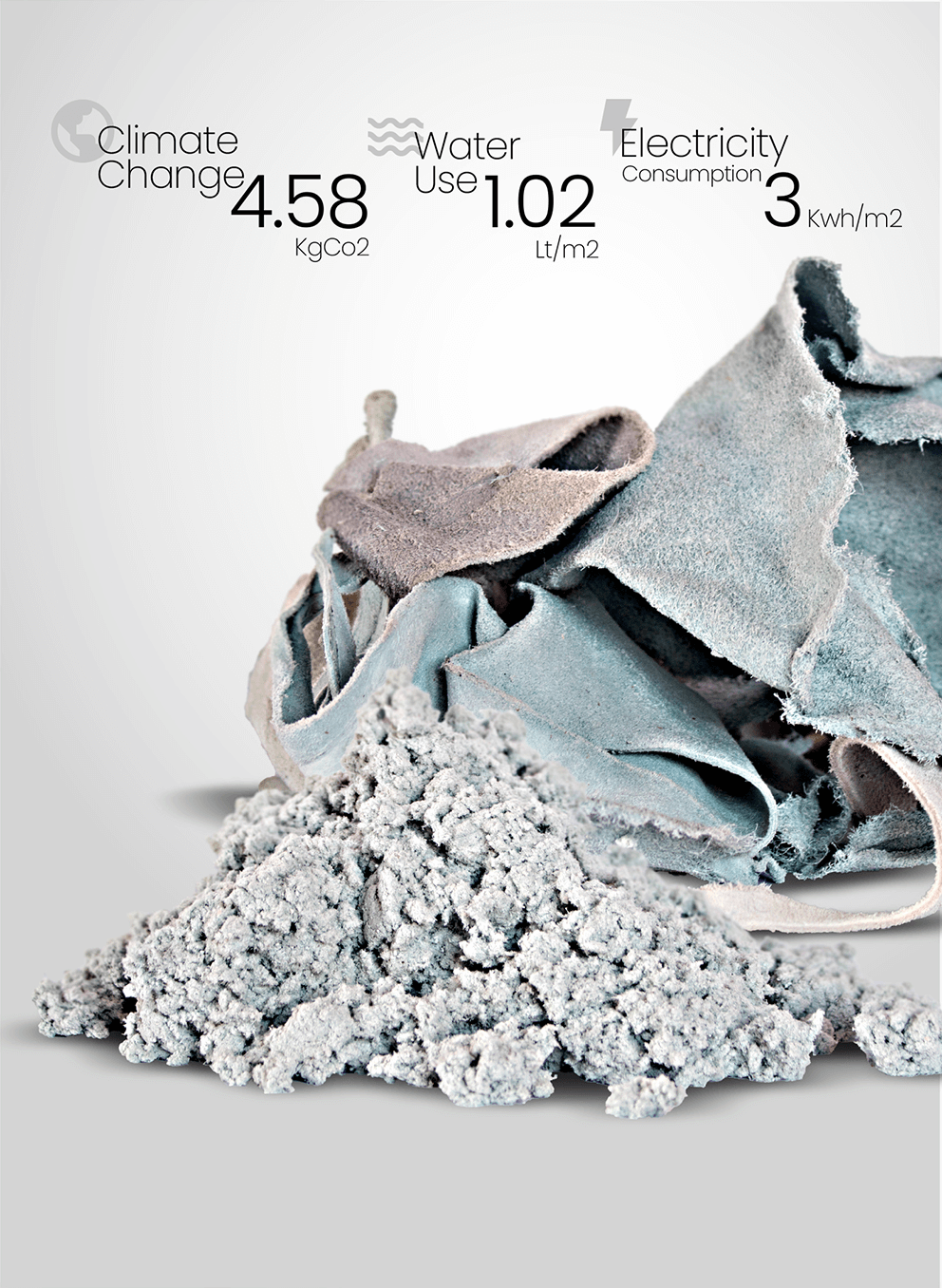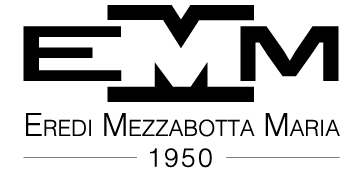
Sustainability is at the core of what we do.
Up to 75% of traditional leather is unused and often destined to lanfill.
Therefore we responsibly turned something that otherwise would have been wasted into something that is truly wanted.
The manufacturing process combines traditional leather fibres without the use of unfriendly adhesives that can be harmful for the environment.
Furthermore, it recycles the 95% of the water and the waste streams are converted into a precious energy that is fed back to the production process.
We recovered the leather that in tanneries would be lost to create a performing material 40% lighter and five times more resistant to abrasion than full grain leather.
Our process reduces water usage of the 90% and we found a 80% lower carbon footprint, so we registered a lower environmental impact than traditional leather production.
La sostenibilità è al centro di ciò che facciamo.
Fino al 75% della pelle tradizionale è inutilizzata e spesso destinata alla discarica.
Per questo abbiamo responsabilmente trasformato qualcosa che altrimenti sarebbe andato sprecato in qualcosa che è veramente desiderato.
Il processo di produzione combina le tradizionali fibre di pelle senza l’uso di adesivi ostili che possono essere dannosi per l’ambiente.
Inoltre, ricicla il 95% dell’acqua e i flussi di scarico vengono convertiti in una preziosa energia che viene restituita al processo produttivo.
Abbiamo recuperato la pelle che nelle concerie andrebbe persa per creare un materiale performante più leggero del 40% e cinque volte più resistente all’abrasione rispetto alla pelle pieno fiore.
Il nostro processo riduce il consumo di acqua del 90% e abbiamo riscontrato un’impronta di carbonio inferiore dell’80%, quindi abbiamo registrato un impatto ambientale inferiore rispetto alla tradizionale produzione di pelle.




